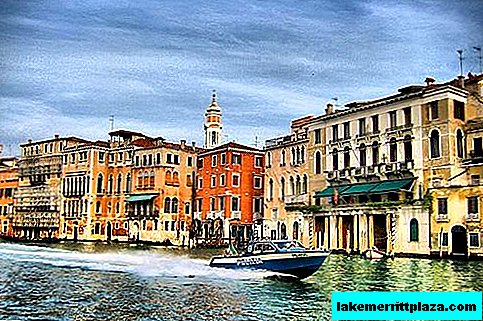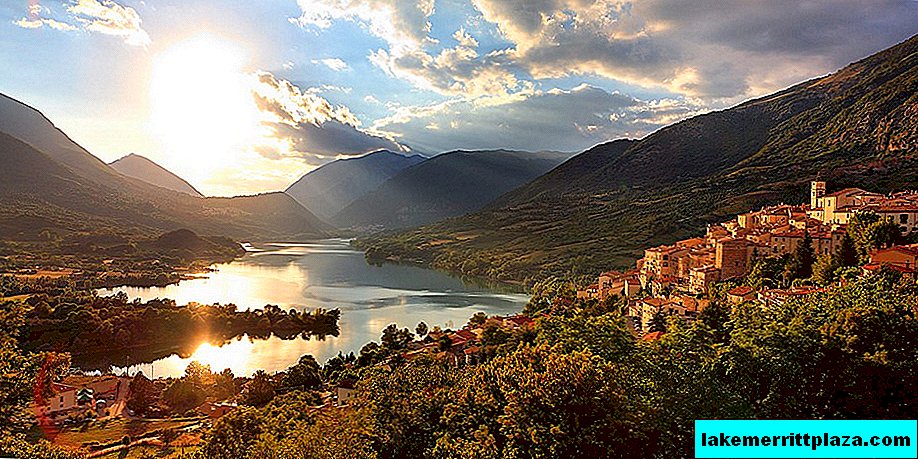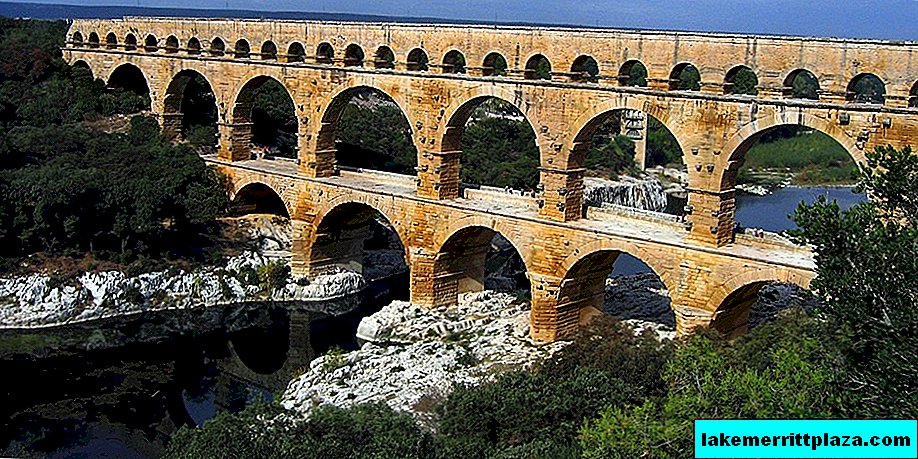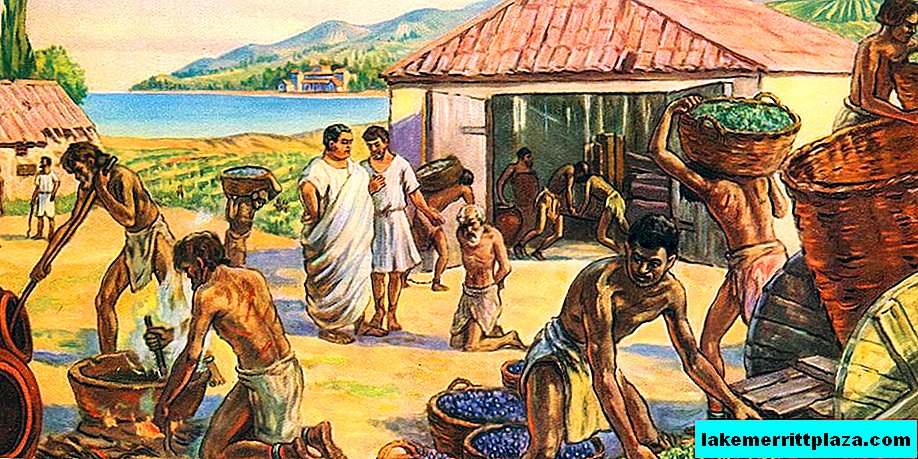Rome is preparing to receive hundreds of thousands of pilgrims and dozens of foreign delegations bound for the Vatican. This Sunday there will be a historical event the canonization of two popes, John Paul II and John XXIII.
According to the Italian Foreign Minister, on April 27, 19 heads of state, 24 heads of government and 800,000 pilgrims are expected to arrive in Rome.
At a rehearsal of the veneration of the saints of the two former Popes, the mayor of Rome, Ignazio Marino, noted that "it will be an event of world significance". And the head of the Vatican’s Pilgrimage Directorate, Liberio Andreatta, said: “In its entire history, Rome has not witnessed such an event of the canonization of two Popes during the life of two other Popes.”

Pope Benedict XVI is also expected to appear at the ceremony, last year becoming the first pontiff to resign from the Middle Ages. Although the Vatican states that the former Pope, due to his age, has not yet made a final decision whether he will attend the event.
According to local authorities, the Roman municipality plans to spend about 7.8 million euros on organizing and providing everything necessary for the increased number of visitors to the city. The mass arrival of pilgrim tourists began before Easter on Good Friday, April 18, and is projected to last until Labor Day May 1. According to the plan of the city administration, during the time of canonization, the volume of public transport in the city will increase, additional buses will be launched on Saturday and Sunday, and the metro will work 24 hours a day. Nineteen giant screens are now being installed throughout the city, through which the ceremony will be broadcast in various languages, including Arabic, French, Italian, Polish and Spanish.
Stress for Rome
City Hall expects the arrival of 4300 buses with tourists, in addition to Rome will be organized special railways and flights. Some pilgrims even sail by ship to the port of Civitavecchia (Civitavecchia) near the capital of Italy. “From Poland alone, we are waiting for 1,700 buses, 58 charters and five special trains,” said Maurizio Pucci, a spokesman for the city hall of Rome, who said the canonization would put the city in stress.
The Ministry of the Interior employs 2,400 security officers, plus an additional 2,000 police officers on the streets. Power structures are also preparing for the influx of pickpockets who will come to the city from all over the country to profit from the distraction of tourists. The “Free Corridor” will be organized along the main avenue leading to the Vatican: it will provide free movement for police, official delegations and ambulances.
St. Peter's Square on Saturday will be closed to pedestrians; pilgrims will not have access to the ceremony venue until Sunday at 5:30 a.m. More than 2600 volunteers from city organizations will assist the guests of Rome, replacing each other on the distribution of four million water bottles to tourists and pilgrims. They will be helped by 600 volunteers from Catholic organizations, hundreds of doctors and nurses, and about 1,000 cleaners who will keep the streets clean. The Vatican Radio announced that throughout the event, special messages in different languages will be carried out for pilgrims.
The result of the mass arrival of tourists was not long in coming. Prices for rental housing in Rome and the surrounding area for the weekend of canonization increased by 137-173 percent compared with the previous weekend.








